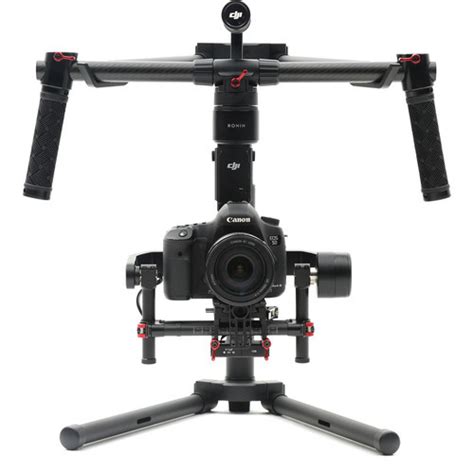The Importance of Swift Tent Drying
There’s nothing quite like packing up camp after a rainy adventure, only to realize your tent is soaked. While it might be tempting to just stuff it into its bag and deal with it later, a wet tent is a breeding ground for mildew, which can permanently damage the fabric, create foul odors, and even affect your health. Quick and thorough drying is paramount to maintaining your gear’s longevity and your future camping comfort.
Immediate Steps After Getting Wet
As soon as you can, take the tent out of its stuff sack. If you’re still at the campsite, give it a good shake to dislodge as much standing water as possible. If you have a towel, quickly wipe down the largest wet surfaces. The goal is to remove excess moisture before it can really soak into the fabric fibers. Once home, the real drying process begins.
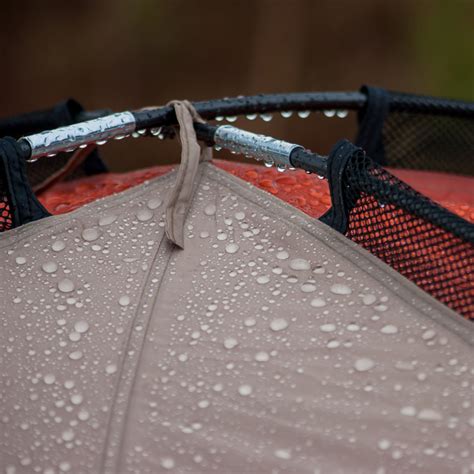
Choosing the Right Drying Location
The ideal drying environment combines good airflow with indirect sunlight or a dry, warm space. Never leave a tent packed wet for more than a few hours. Unpack it as soon as you arrive home.
-
Outdoors: Sun and Wind
If conditions allow, hanging your tent outdoors is often the quickest method. Look for a sunny, breezy spot. Drape the tent over a clothesline, an outdoor railing, or spread it across a clean, dry tarp. Open all zippers and vents to maximize airflow. Flip the tent periodically to ensure all sides, including the floor and rainfly, get exposure.
-
Indoors: Ventilation is Key
When outdoor drying isn’t possible (e.g., rain, extreme cold), an indoor space with good ventilation is essential. Basements, garages, or even a spare room can work. Hang the tent from a ceiling hook, over banisters, or chairs. Use fans to circulate air and a dehumidifier to extract moisture from the air. Ensure the space is large enough so the tent isn’t bunched up, which hinders drying.
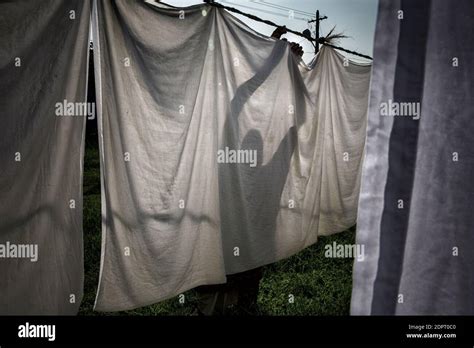
Effective Drying Techniques
Once you’ve chosen your location, employ these techniques to speed up the process:
-
Spread It Out
Lay the tent out as flat as possible. If hanging, try to unfold it completely. The more surface area exposed to air, the faster it will dry. Pay special attention to seams, corners, and the tent floor, as these areas tend to hold moisture longer.
-
Utilize Airflow
If drying indoors, use multiple fans positioned to blow air across and through the tent fabric. Open windows if possible to create a cross-breeze. In warmer climates, an air conditioner can also help reduce humidity.
-
Towel Drying (Initial Stage)
For particularly soaked areas, a clean, dry towel can absorb a significant amount of water, kickstarting the drying process. Gently blot the fabric rather than rubbing vigorously, which could damage waterproof coatings.
-
Separate Components
Always dry the main tent body and the rainfly separately. If your tent has a footprint, dry that too. This allows for maximum air circulation for each component.
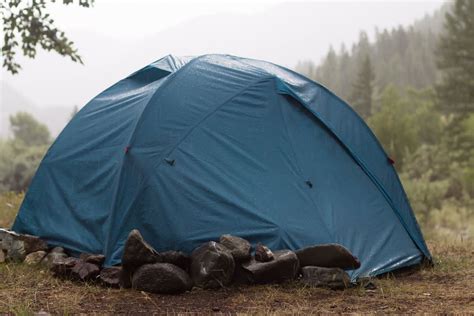
Common Mistakes to Avoid
-
Packing It Wet
This is the cardinal sin of tent care. Even a slightly damp tent can develop mildew within 24-48 hours when packed away. Mildew is notoriously difficult to remove and smells awful.
-
Direct Heat Sources
Never use a clothes dryer, hair dryer, or place your tent directly over a heat vent or campfire. High heat can melt or degrade synthetic fabrics, damage waterproof coatings, and warp poles.
-
Chemical Cleaners
Avoid harsh detergents or bleach to clean a mildewed tent, as these can strip waterproof coatings and weaken the fabric. Stick to specialized tent cleaning products if mildew has already formed.
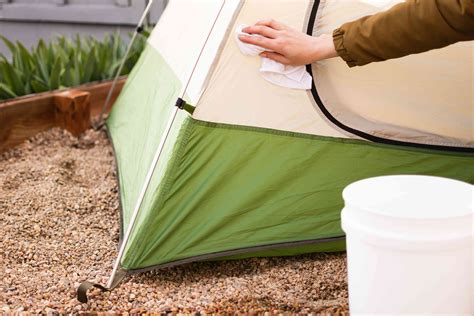
How to Confirm Your Tent is Completely Dry
Don’t rush the packing process. A tent that feels dry to the touch might still harbor moisture in seams or less exposed areas. Leave it out for an extra hour or two beyond when you think it’s dry. Pay attention to the smell – a clean, neutral scent indicates dryness, whereas any musty odor suggests lingering dampness. Feel all parts of the fabric, including the inside of pockets and the stuff sack itself, which can also retain moisture.
Preventative Measures
To minimize future drying efforts:
- Always try to pack up on a dry day, even if it means waiting a few hours.
- If you must pack a wet tent, unroll it as soon as you get home.
- When camping, try to choose a well-drained spot and avoid setting up in low-lying areas where water might collect.
- Consider using a tent footprint to protect the tent floor from ground moisture.
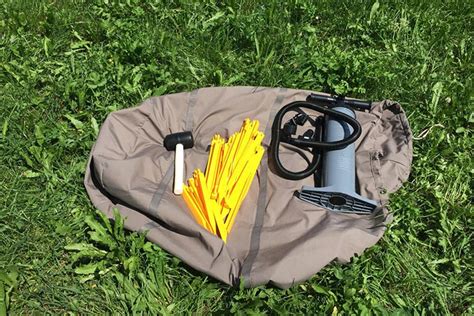
Conclusion
Proper tent maintenance, especially quick and thorough drying, is crucial for extending the life of your camping gear. By following these steps and avoiding common mistakes, you can prevent mildew, keep your tent smelling fresh, and ensure it’s ready for your next adventure, no matter what the weather throws at you.


